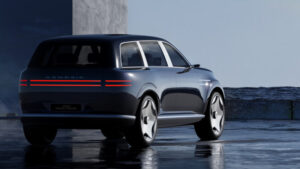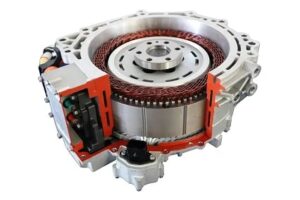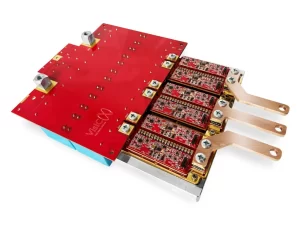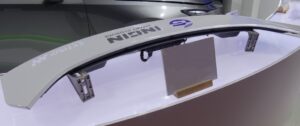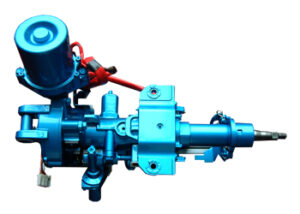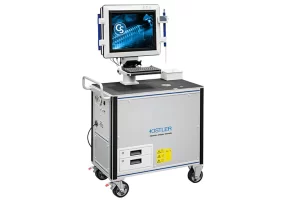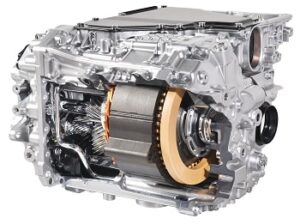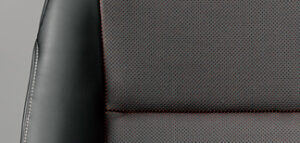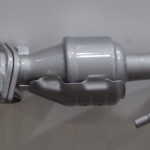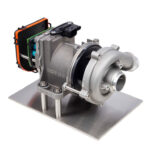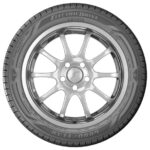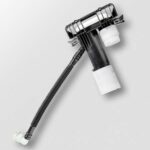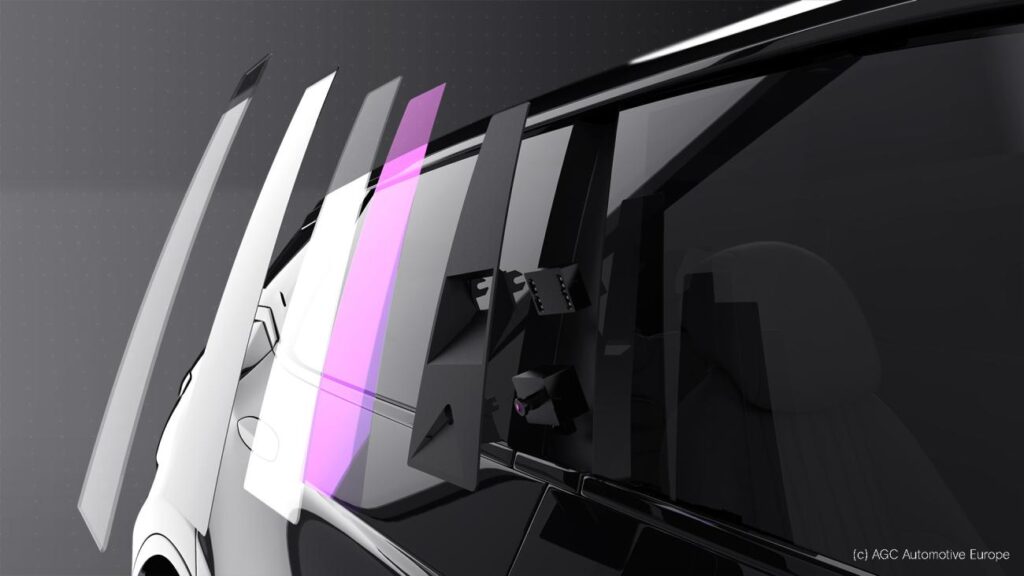
As the automotive market relentlessly evolves towards autonomous vehicles, more and more sensors will be installed in vehicles. Integration is critically important: the sensors must be able to perform efficiently at all times, the system must be reliable, and the overall look must be aesthetically pleasing – a triple challenge which Wideye and Sony Depthsensing Solutions (“SDS”) jointly addressed by integrating a Time-of-Flight (ToF) camera, which is a type of scanner-less LiDAR, in the B-pillar. The market has started to install cameras and radar sensors – but until now, not LiDAR sensors – in the B-pillar since it is the ideal location for ADAS and telematics functionalities, such as parking space detection, facial recognition required for access control, lane detection and more.
SDS contributed a ToF camera whose specifications were ideal for this location, delivering high resolution, a wide field of view and a short detection range. Wideye provided glass perfectly optimised for the ToF camera. The glass is transparent to infrared rays and can be assembled aesthetically into the B-pillar thanks to its glossy black appearance. One of the major benefits of Wideye glass over plastic solutions and other glass products on the market is its unique combination of excellent optical transmission and performance, robustness and reliability, all of which are necessary for this kind of exterior application.

